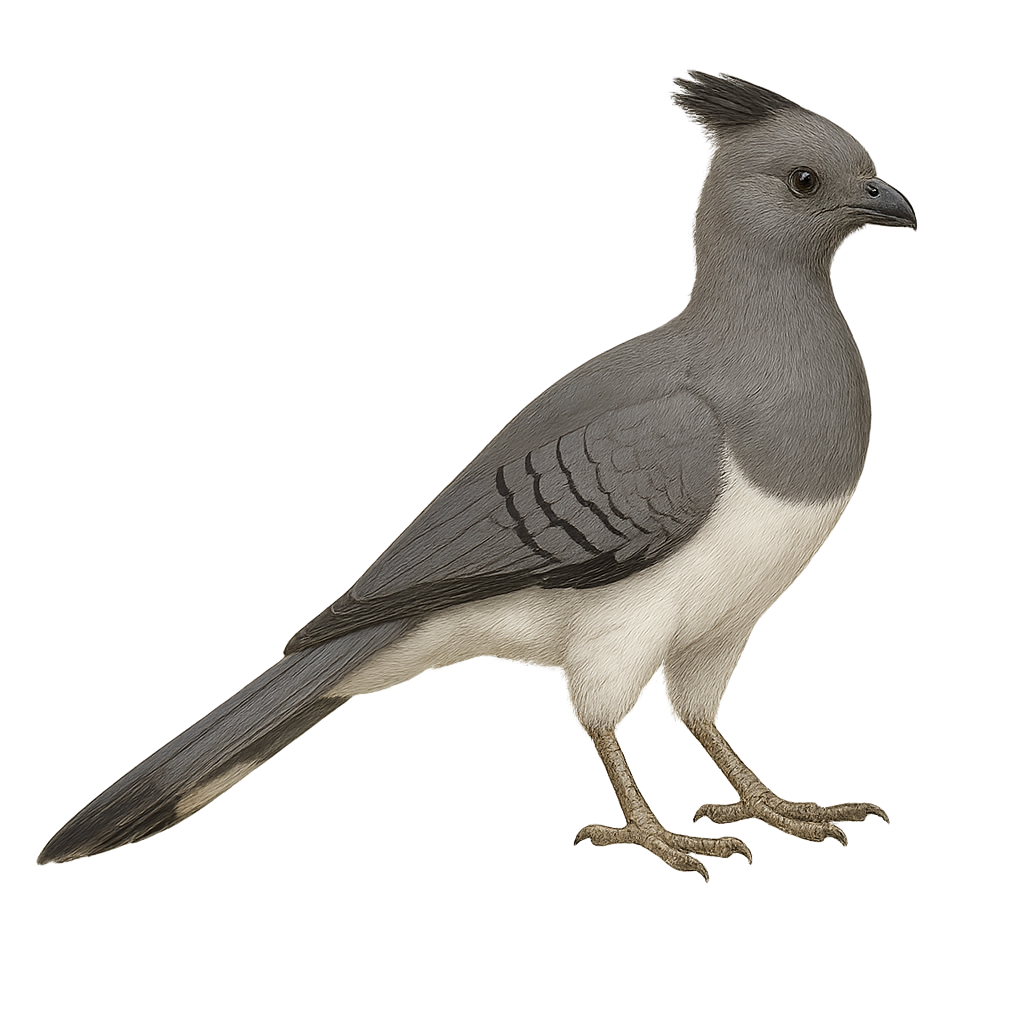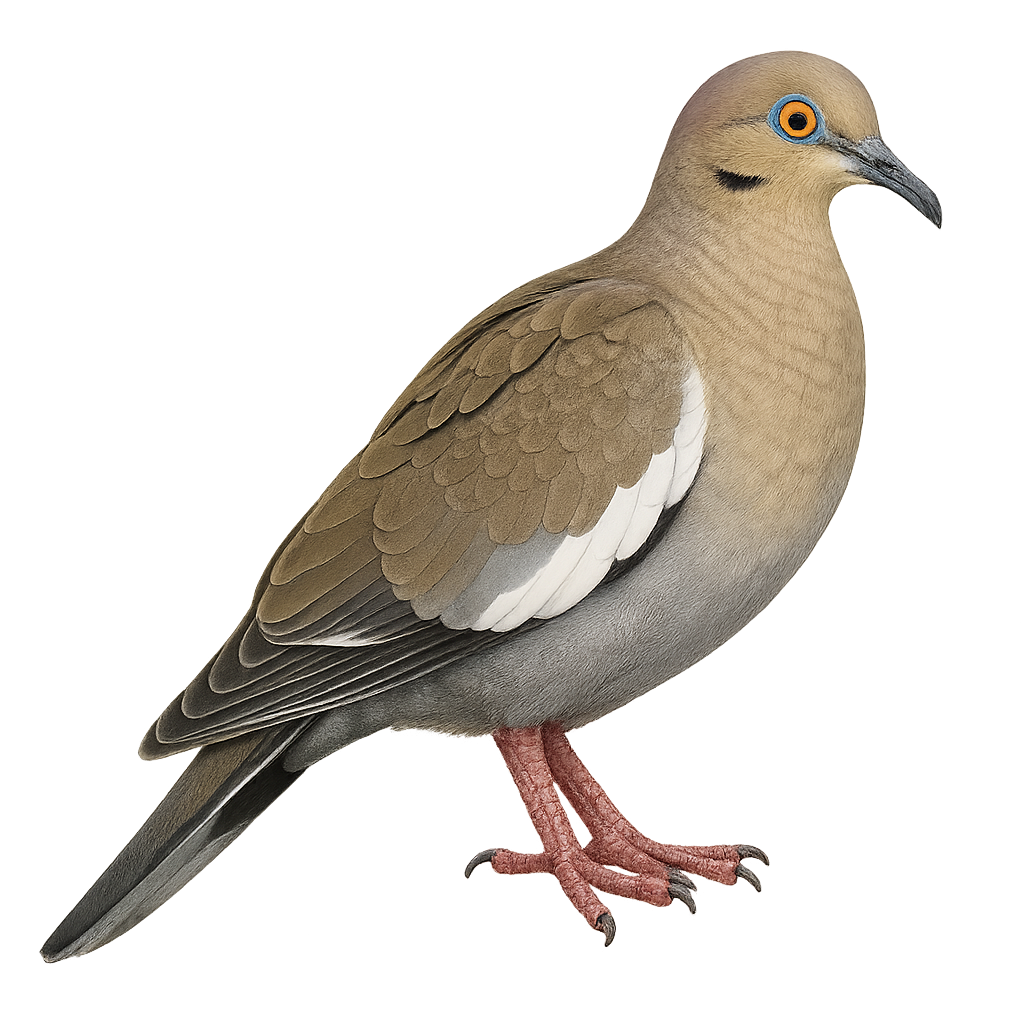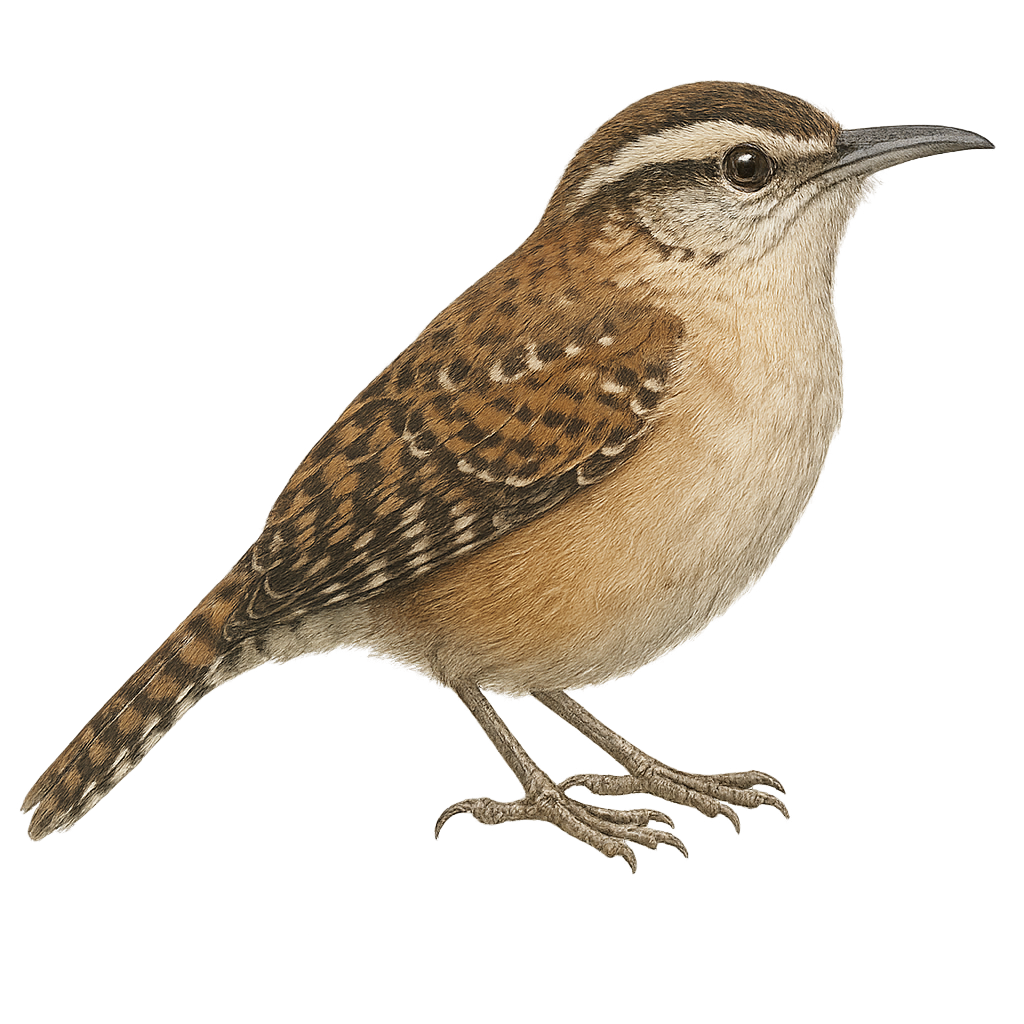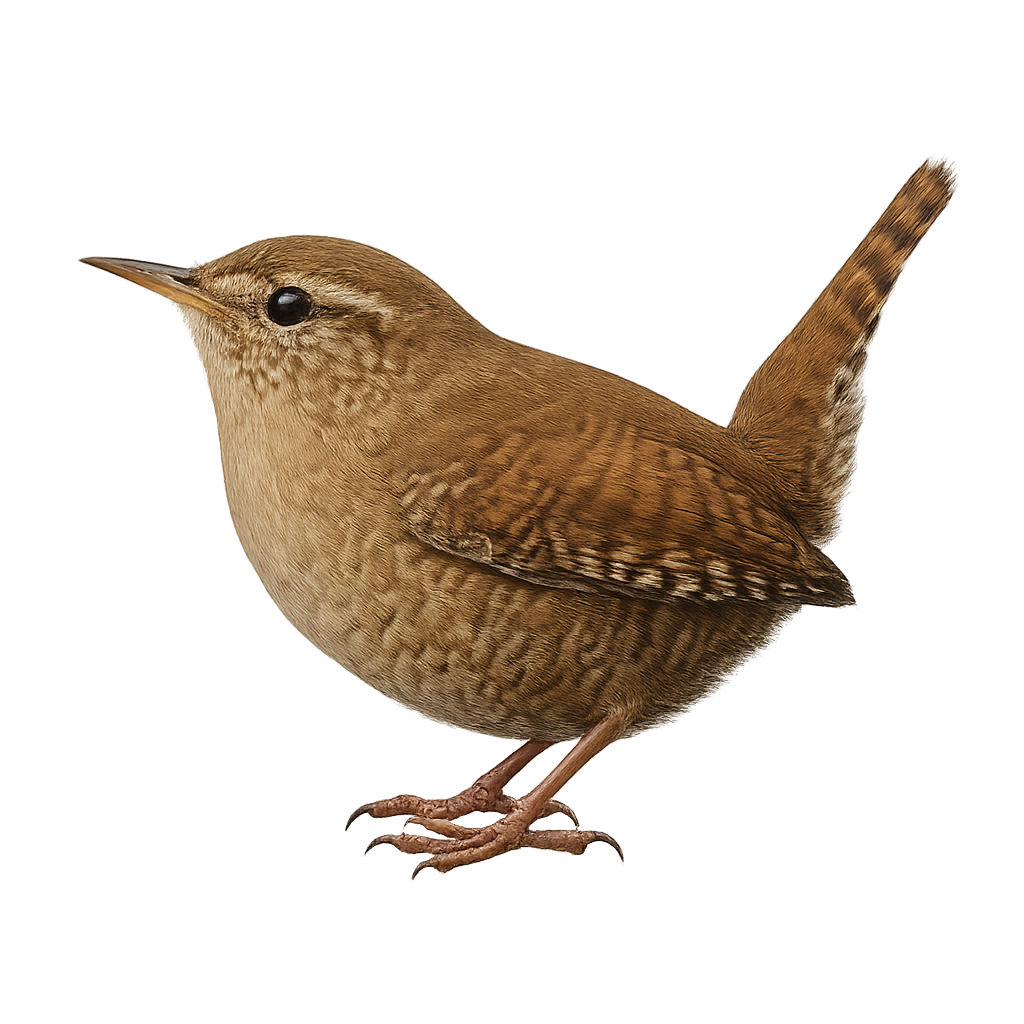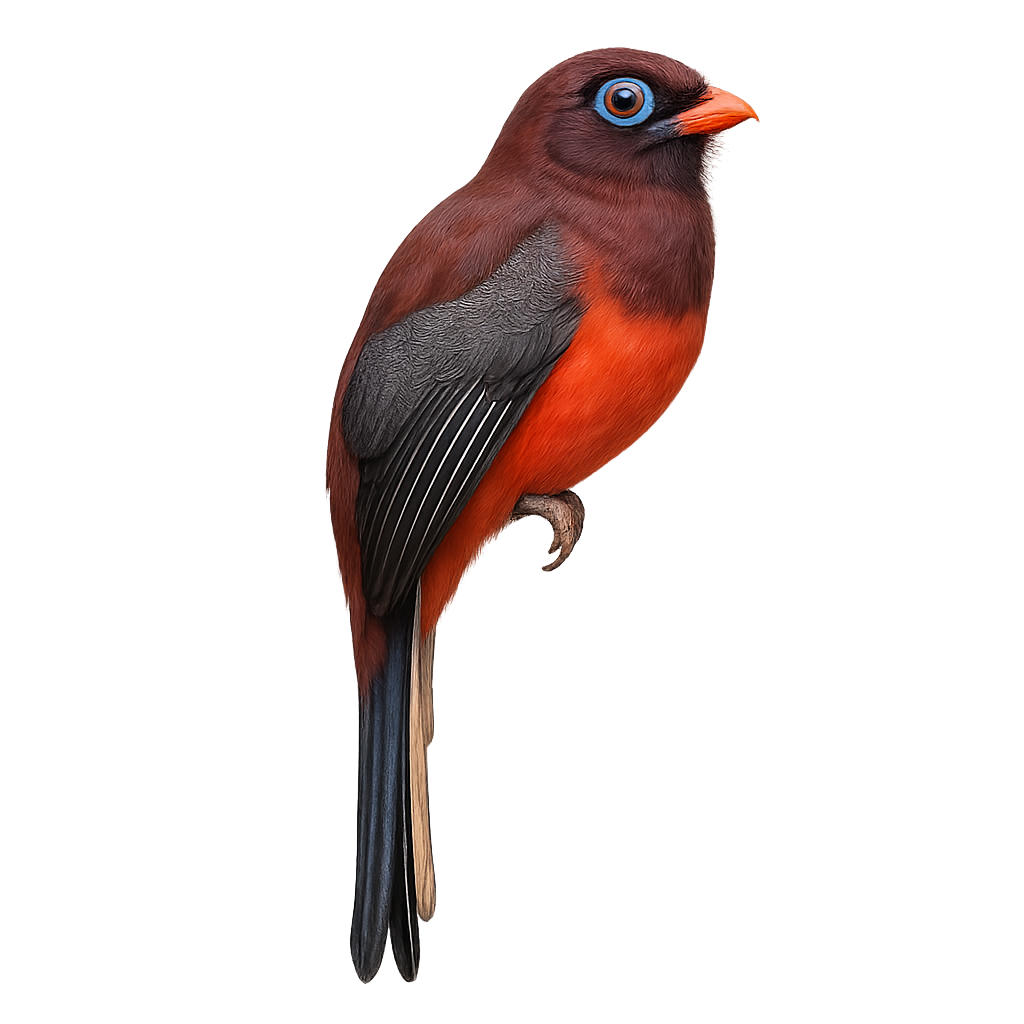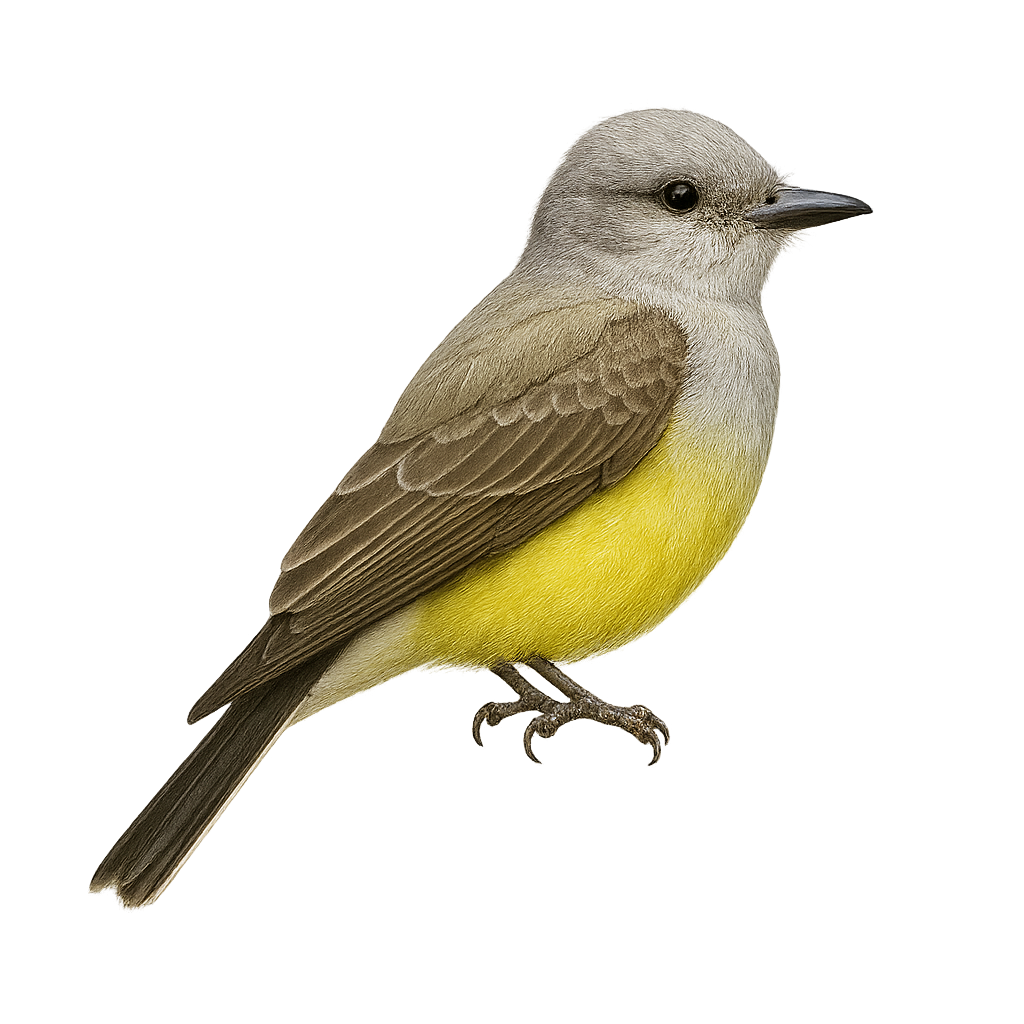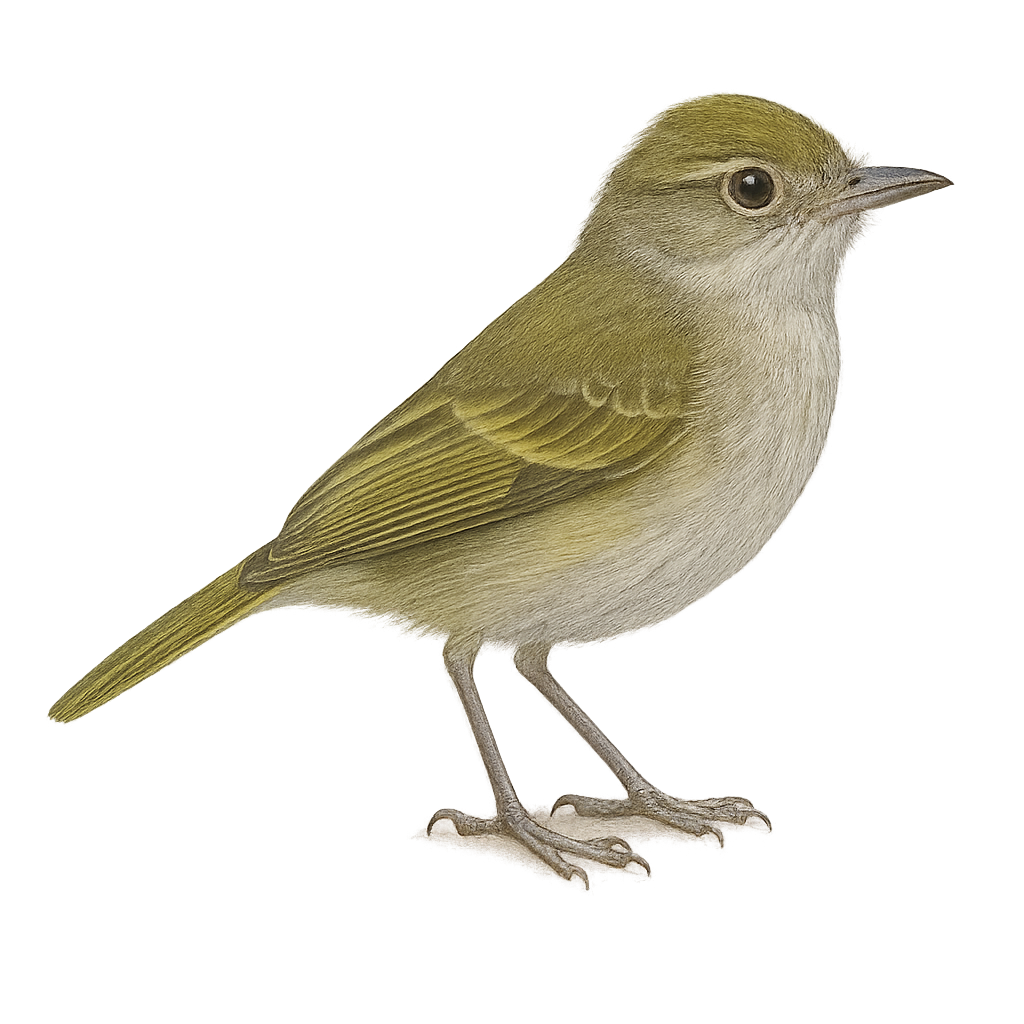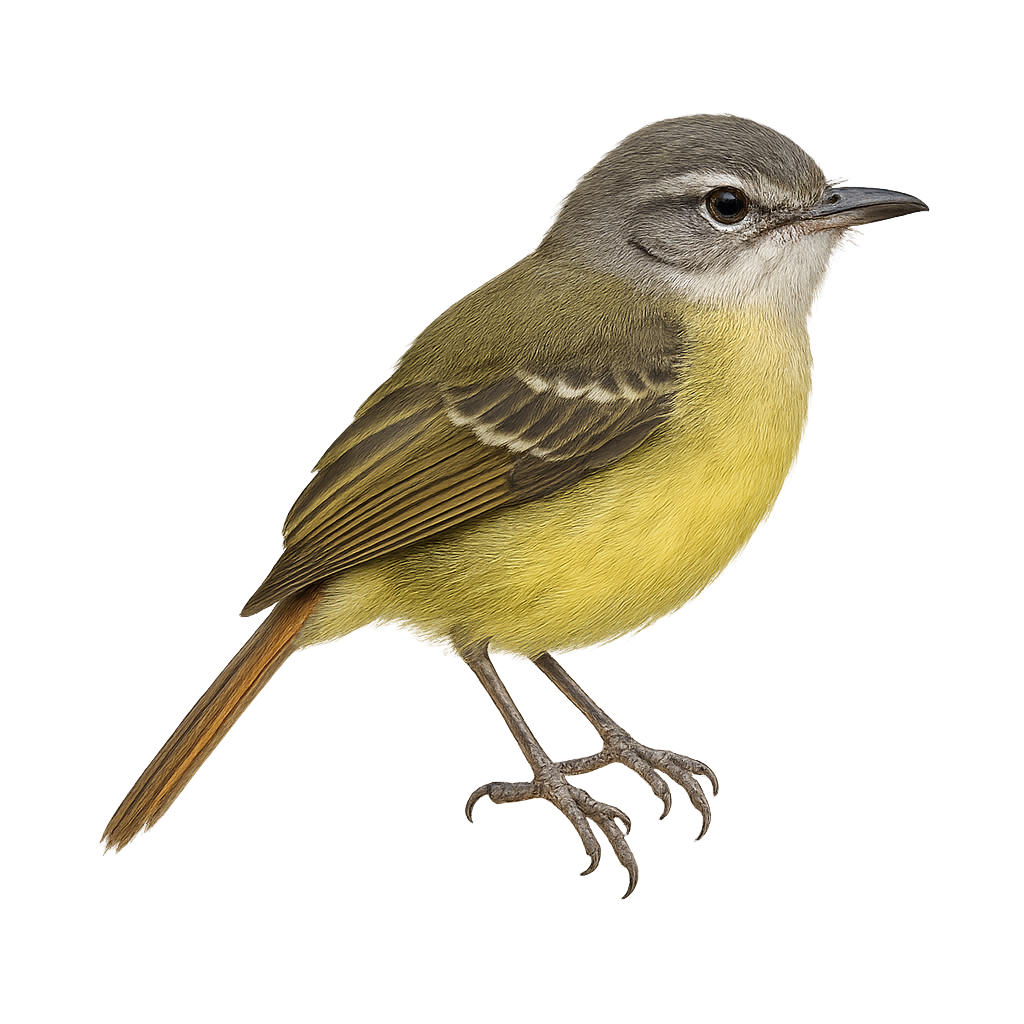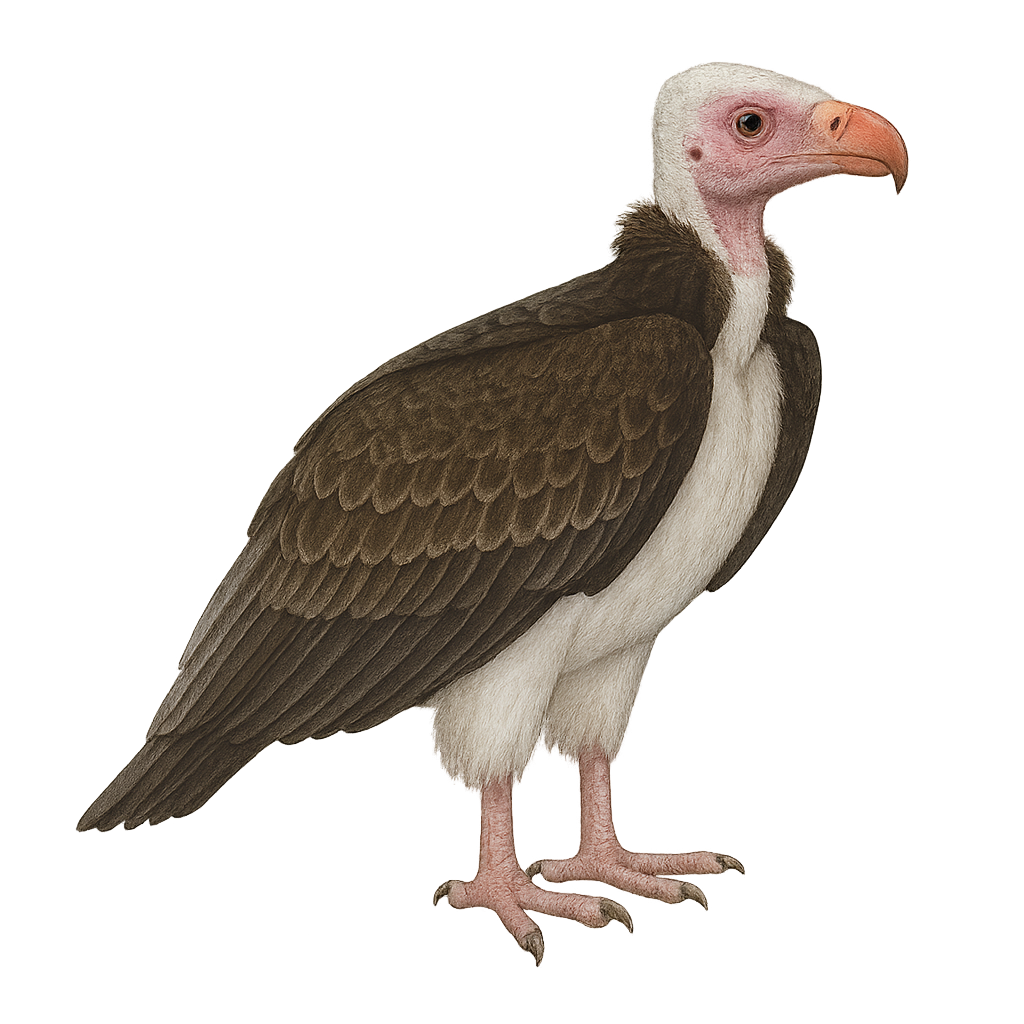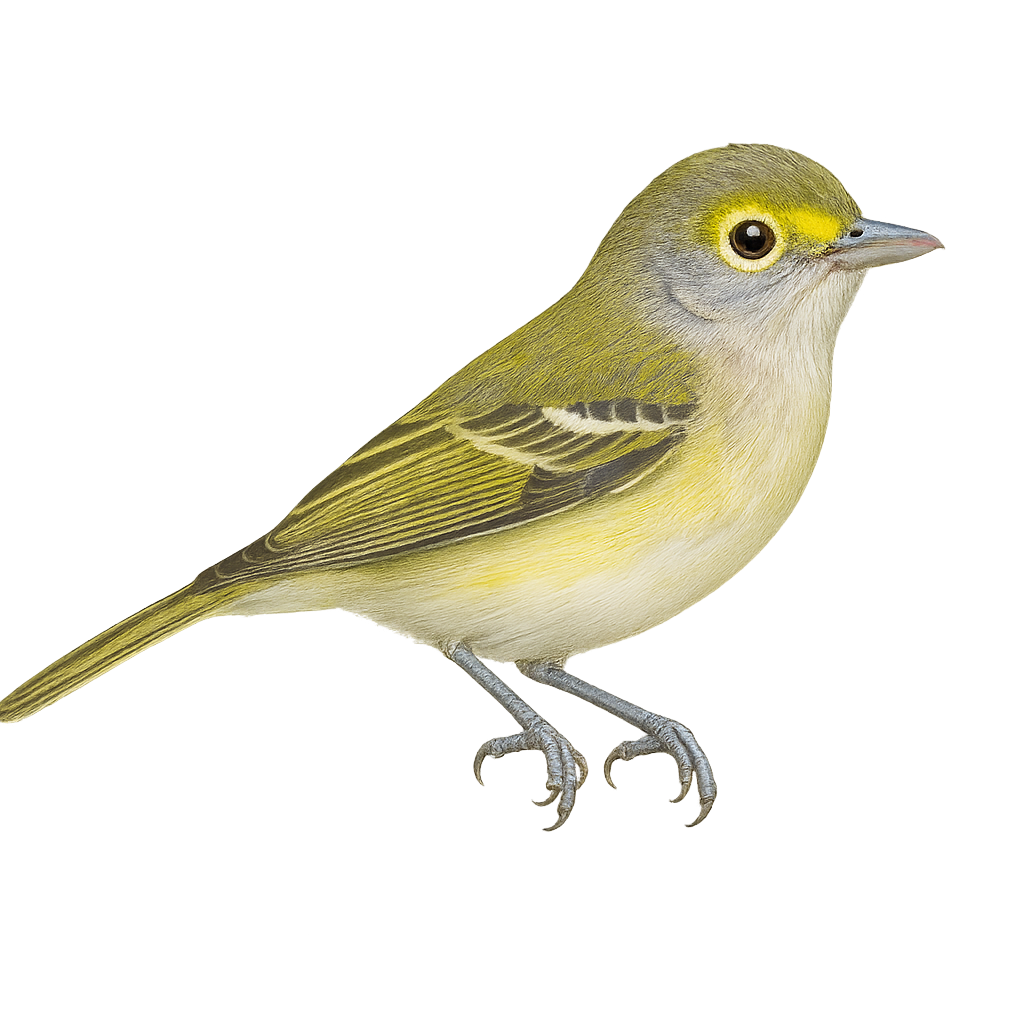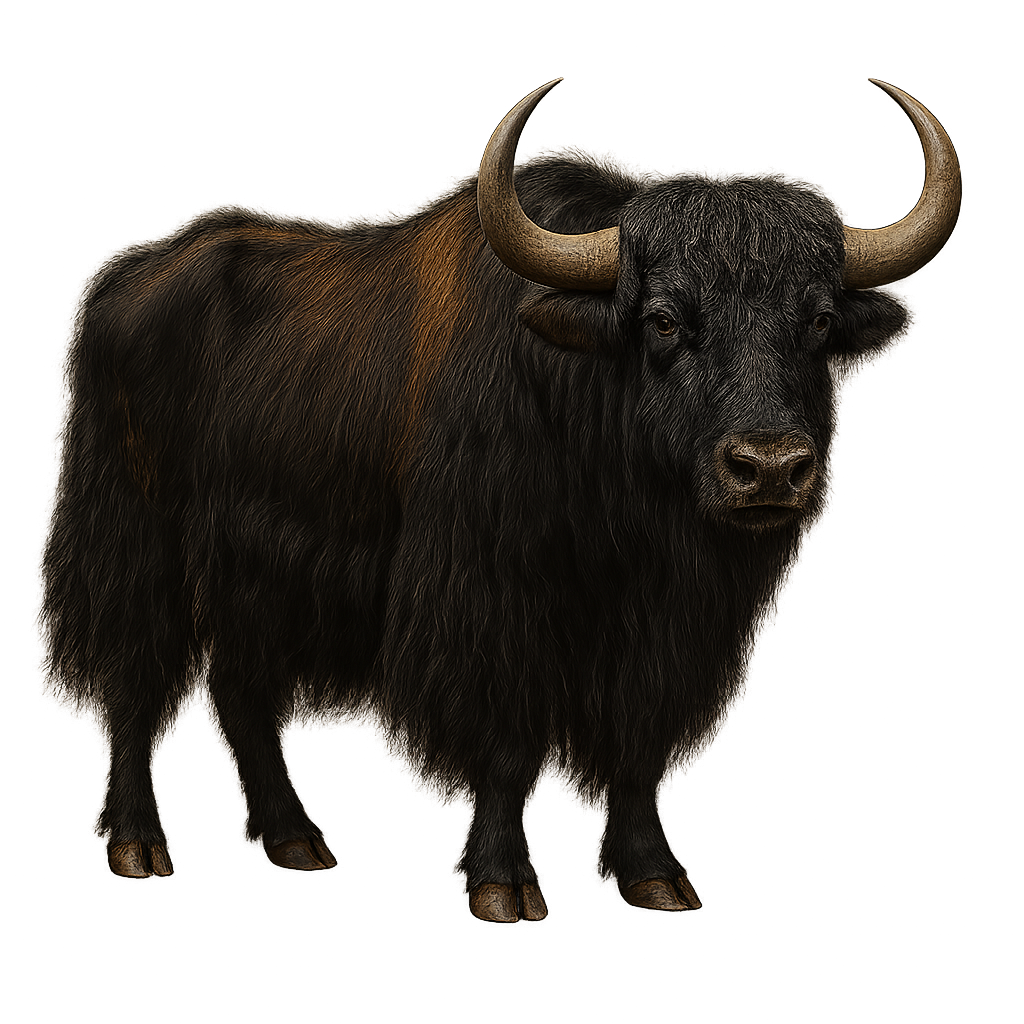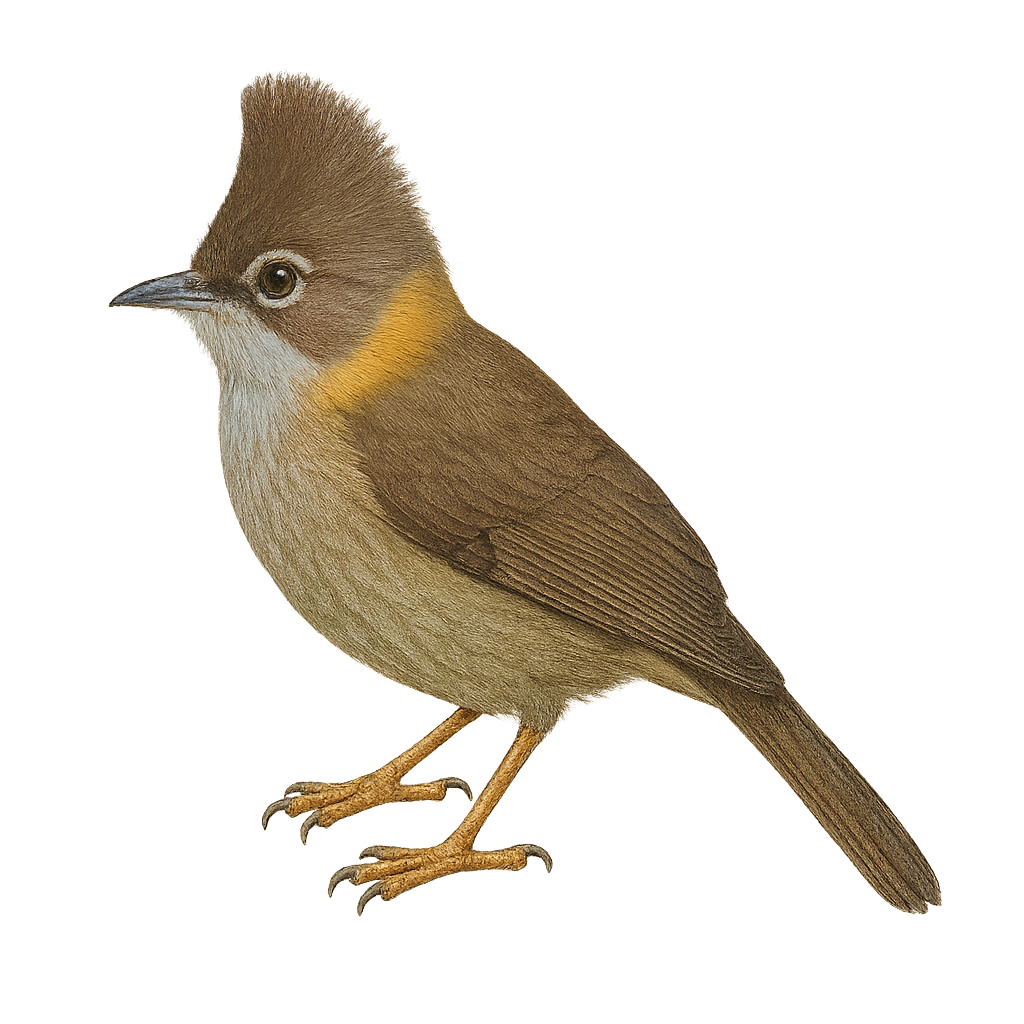The White-bellied Go-away-bird is a striking bird with grey and white plumage and a distinctive crest on its head. It primarily inhabits the savannas and open forests of East Africa. This bird is known for its distinctive call that sounds like "go-away," hence its English name. It feeds mainly on fruits, but also consumes flowers and leaves. The White-bellied Go-away-bird is a sociable bird, often seen in small groups. Its ability to move agilely through trees with its zygodactyl feet is impressive. Although relatively common in its natural habitat, it remains a fascinating sight for bird watchers.
The White-winged Dove, Zenaida asiatica, is a robust and elegant bird, easily recognized by its distinctive white wing band visible in flight. It has a gray-brown plumage with iridescent neck reflections and a long, tapered tail. Its soft, melodious call is often heard in the arid and semi-arid regions of North and Central America. It adapts well to urban and rural environments, feeding mainly on seeds, fruits, and insects. This species is known for its ability to travel long distances in flight, allowing it to migrate to warmer areas during winter.
The wheatear is a small ground-dwelling bird found primarily in meadows, cultivated lands, and rocky areas across Europe, Asia, and North Africa. It is easily recognized by its contrasting plumage, with a brown back, white belly, and a black head. This small bird is especially active and restless, often seen hopping on the ground in search of insects and small arthropods. It frequently perches on rocks or grasses to survey its surroundings.
The White-bellied Wren is a small bird with brown plumage and a distinctive white belly. It primarily inhabits dry forests and shrublands in Mexico. Its song is melodious and complex, often heard before the bird is seen. This wren is a social bird, often observed in small groups. It feeds mainly on insects and spiders, which it finds by foraging in dense foliage. Although relatively common, its habitat is threatened by deforestation. Preserving these environments is crucial for its survival.
Wren
Troglodytes troglodytes
The wren is a small, highly active songbird found mainly in forests, gardens, and hedgerows across Europe and Asia. It is easily recognized by its small size, brownish-red plumage, and its often-raised tail in the shape of a 'V'. This passerine is highly territorial and primarily feeds on insects and small invertebrates. Although it is fairly discreet, its powerful song is one of the most remarkable among small birds.
The Ward's Trogon, or Harpactes wardi, is a captivating bird primarily found in the dense forests of the eastern Himalayas. It is recognizable by its striking plumage, with shades of pink and red on the belly contrasting with an olive-green back. Males and females exhibit different colorations, with males having more vibrant hues. This bird is often seen alone or in pairs, feeding mainly on insects and fruits. Its presence is an indicator of forest health, as it prefers undisturbed habitats. Although discreet, its melodious song can be heard through the trees, especially during the breeding season.
The Western Kingbird, or Tyrannus verticalis, is a medium-sized bird known for its striking white head, contrasting with its gray back and bright yellow belly. It is often seen perched on wires or branches, from where it launches to catch flying insects. This passerine is primarily found in open areas of the western United States, where it breeds in summer. A migratory bird, it winters in Central and South America. Its song is a mix of trills and sharp calls. Although territorial during the breeding season, it can be seen in small groups during migration.
The Zimmerius albigularis, or White-throated Tyrannulet, is a small passerine bird belonging to the Tyrannidae family. It is primarily found in the humid forests and forest edges of Central and South America, notably in Colombia, Ecuador, and Peru. This bird is distinguished by its white throat contrasting with its olive-green plumage. It is often seen foraging for small insects and spiders in dense foliage. Its song is a soft, melodious trill, often heard before being seen. Although relatively discreet, it plays an important role in the ecosystem by controlling insect populations.
The Ornithion inerme, or white-lored tyrannulet, is a small passerine bird belonging to the Tyrannidae family. It is primarily found in the humid tropical forests of Central and South America, where it feeds on insects and small fruits. This small bird, measuring about 10 cm in length, is distinguished by its olive-green plumage and white markings around its eyes. It is often seen in groups, actively moving through the foliage in search of food. Although relatively common in its habitat, it can be difficult to spot due to its small size and discreet behavior.
The White-throated Tyrannulet, or Mecocerculus minor, is a small bird from the Tyrannidae family. It is primarily found in the humid montane forests of South America, particularly in Colombia, Ecuador, and Peru. This passerine is characterized by its olive-gray plumage and distinctive white throat, which contrasts with the rest of its body. It is often seen in small groups, actively moving in search of insects and other small invertebrates. Its song is a soft, melodious trill, often heard before being seen. Although relatively common in its habitat, it remains discreet and challenging to observe closely.
The White-headed Vulture, Trigonoceps occipitalis, is a striking bird of prey found in sub-Saharan Africa. It is easily recognizable by its white head contrasting with its dark body and broad wings. This vulture plays a vital role in the ecosystem by cleaning up carcasses, thus preventing the spread of diseases. It is often seen alone or in small groups, soaring in search of food. Unfortunately, it is threatened by habitat loss and poisoning. Conservation efforts are crucial to ensure its survival. Its population is declining, making it a concern for ecologists.
The African white-backed vulture, or Gyps africanus, is a large scavenging bird found primarily in sub-Saharan Africa. It is identifiable by its light brown plumage and distinctive white back. This vulture plays a crucial role in the ecosystem by removing carcasses and preventing the spread of diseases. Unfortunately, it is threatened by habitat loss, poisoning, and poaching. African vultures live in colonies and are often seen circling in the sky in search of food. Their wingspan can reach up to 2.3 meters, allowing them to cover large distances in search of carcasses.
The White-eyed Vireo, or Vireo griseus, is a small songbird belonging to the Vireonidae family. It is easily recognizable by its distinctive white eyes, surrounded by a bright yellow ring. Its size ranges from 12 to 15 cm, with primarily olive-green plumage on the back and white on the belly. It is mainly found in wooded areas and dense thickets of the eastern United States, although it migrates south for the winter. Its song is a complex mix of whistled notes and trills, often repeated throughout the day. The White-eyed Vireo is an active and curious bird, often seen foraging for insects among the leaves.
The Elk is a large cervid primarily found in North America, in forests, grasslands, and mountains, notably in Canada and the United States. It typically measures between 1.5 and 2 meters in height at the shoulder and can weigh between 300 and 500 kg. The Elk is easily recognizable by its large antlers, which can reach up to 1.2 meters in width. Its coat varies from light brown to dark brown, with a lighter area around the neck. It primarily feeds on grasses, leaves, and bark, and is especially active during the fall, during the rutting season. While the Elk population is relatively stable, some subpopulations are threatened by habitat loss and disease.
The Wild Yak is a large species of cattle native to the mountains of the Himalayas, Tibet, and the high plateaus of Central Asia. It typically measures about 2 to 3 meters in length and weighs between 400 and 1,000 kg. Its coat is long, thick, and woolly, ranging from black to brown, which helps it survive in extreme cold conditions. The Wild Yak is primarily herbivorous, feeding on grasses, lichens, and woody plants. It lives in herds in mountainous environments at high altitudes, often above 3,000 meters. While it is a protected species in some areas, the Wild Yak is threatened by illegal hunting and habitat loss due to urbanization and excessive grazing.
The Whiskered Yuhina is a small bird primarily found in the mountainous forests of Southeast Asia. It is easily identifiable by its olive-brown plumage and distinctive yellow collar around its neck. Measuring about 12 to 14 cm in length, this bird is often seen in active flocks, feeding on insects and small fruits. Its song is melodious and complex, making it a delight for birdwatchers. The Whiskered Yuhina is a sociable bird, often seen in the company of other bird species. It plays an important role in the ecosystem by aiding in seed dispersal.


